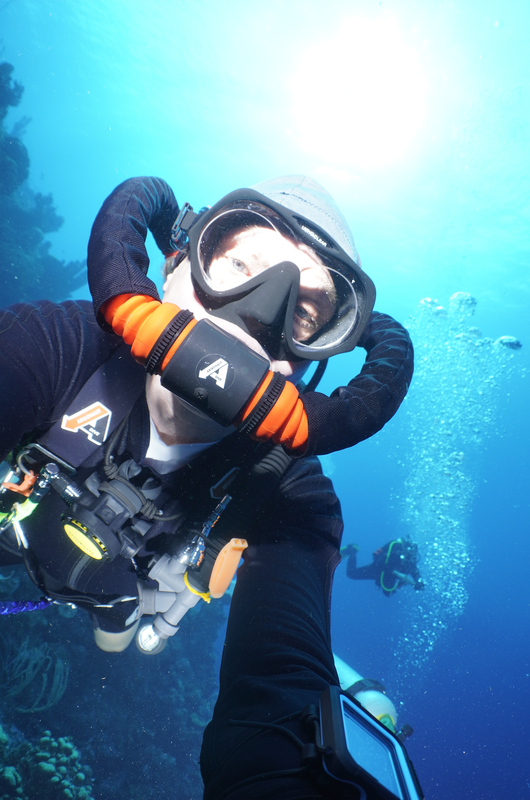Where's your HUD?But I dive a double hose regulator which has the same configuration and in order to donate, DIR team or not, I must remove my loop, close the DSV (yes, it has a DSV), raise the loop away and over my head with one hand, then grab the long hose and deploy it to my OOA buddy with the other hand, unless they are in condition to assist, and so that leaves my $7,000 camera hanging on the end of a tether. It is a really good tether too but is it $7,000 good? Rather not find out! But I guess in your team nobody carries a real camera?
Oh, and I forgot, then I have to get my loop back in my mouth and open the DSV while sorting my buddy out. Could I make it work, yes, could a diver with the console crossed over the octopus make it work, maybe, but neither are ideal.
James
(What kind of unit is that?)
CCR donate: reach down/back for your bailout reg (from where it was when you tested it when you got to the bottom); shove it in their face. Almost as fast as a longhose.Donation just isn’t as immediate on a rebreather.




